- Written By Team DWS
- Festivals
- August 10, 2024
The History of Raksha Bandhan: A Festival Rooted in Love and Loyalty
Raksha Bandhan, often abbreviated as Rakhi, is one of the most cherished festivals celebrated in India and among Indian communities around the globe. This vibrant event, which usually falls in August during the full moon of the Hindu month of Shravana, revolves around the beautiful bond between siblings, particularly between brothers and sisters. While the modern observance of Raksha Bandhan concentrates on familial love and affection, its historical roots run deep, interwoven with traditions, myths, and social customs that span centuries.
Historical Background
Raksha Bandhan has ancient origins, dating back to Vedic times. The earliest references to the festival can be traced in Hindu scriptures, where there are mentions of similar types of rituals that centralize the idea of protection and camaraderie between brothers and sisters. Although it wasn't explicitly termed as Raksha Bandhan, the essence of the festival can be discerned through various historical accounts.
Echoes of Love in Ancient Texts
In ancient texts, notably the Mahabharata, the bond of Raksha Bandhan finds a prominent example. The story chronicles the relationship between Lord Krishna and Draupadi. During a crucial moment in the epic, when Krishna cuts his finger, Draupadi tears a piece of her sari and ties it around his wrist, symbolizing her wish for his protection. This act of love transformed into a sacred vow, and later, Krishna reciprocated by defending her honor during the infamous dice game. This act embodies the essence of Raksha Bandhan—a commitment to protect and uphold family honor.
Another noteworthy narrative is that of Alexander the Great and his encounter with Indian King Porus. According to folklore, upon realizing the intent of Alexander’s invasion, Indian women approached the conqueror and tied sacred threads (Rakhis) around his wrist, pleading for protection. Alexander, moved by the gesture, is said to have honored their request, showcasing the deep-rooted recognition of sacred ties of Raksha and loyalty.
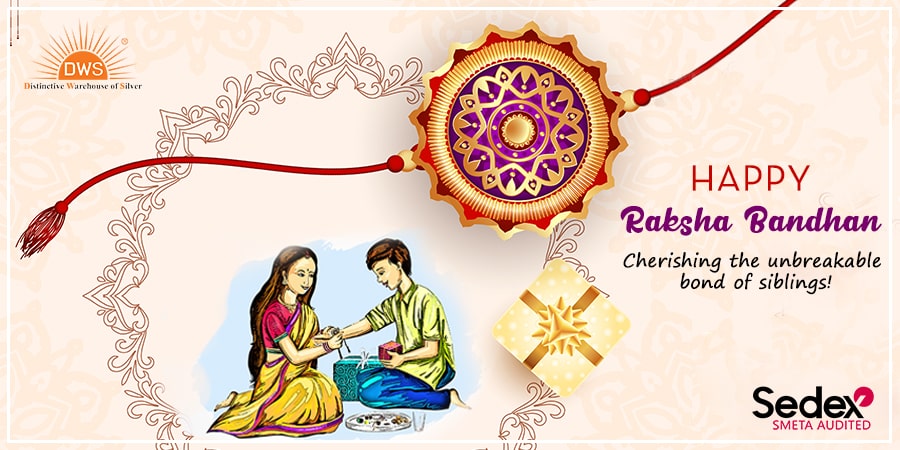
Evolution of the Festival
Over centuries, Raksha Bandhan has evolved significantly, adapting itself to changing societal norms and contexts. While the core sentiment of brother-sister love remains intact, the festival has embraced wider interpretations.
From Sibling Bond to Universal Love
Originally focused on the bond between sisters and brothers, Raksha Bandhan has come to symbolize the bond of love and respect between different communities, castes, and even nations. As society progressed, the festival became a time for celebrating friendships and unity across varying demographics.
In contemporary celebrations, women often tie Rakhis on the wrists of friends and even male colleagues, fostering bonds of guardianship and goodwill. This broader interpretation has transformed Raksha Bandhan from a familial celebration into a festival of collective humanity, advocating for peace and protective love across the globe.
Rituals and Celebrations
The rituals associated with Raksha Bandhan are rich in meaning and serve to deepen the bonds between siblings and loved ones.
The Preparation
In the days leading up to Raksha Bandhan, sisters prepare by shopping for beautiful Rakhis, traditional sweets, and decorative items to adorn their puja thalis (ceremonial plates). The process often includes crafting handmade Rakhis, allowing personal touches that reflect the sister’s love and creativity.
The Ceremony
On the auspicious day of Raksha Bandhan, siblings gather to participate in a ritual of love and blessings. The sister performs a ceremonial puja, wherein she applies teeka (a mark made with colored powder) on her brother's forehead and prays for his well-being and success. She then ties the Rakhi around his wrist while singing traditional songs, symbolizing her prayers for his protection.
In return, brothers gift their sisters, often with money or gold and, more importantly, with a vow to safeguard them in all circumstances. The exchange of sweets completes the ritual, signifying the sweetness in their relationship.
Pilgrimages and Regional Variations
Raksha Bandhan is not monolithic and showcases significant regional variations across India, each adding a unique flavor to the celebration. In some regions, the festival occurs around the time when farmers harvest their crops, making it a time of gratitude for the abundance of nature. Special rituals might also include tying Rakhis on trees or deities to signify the protection of the environment, further expanding the festival's significance.
Cultural Significance
The essence of Raksha Bandhan transcends mere ritual. It embodies cultural philosophies deeply rooted in the concepts of loyalty, integrity, and unbreakable bonds of family.
The Concept of "Kshatra"
In Hindu philosophy, the term "Kshatra" refers to the duty of a protector. This aspect is particularly relevant during Raksha Bandhan, where brothers are seen as guardians who are sworn to protect their sisters from any harm. This understanding propels a sense of.
Raksha Bandhan FAQs: Your Essential Guide to the Festival of Sibling Bonding
1. What is Raksha Bandhan?
Raksha Bandhan is a cherished Hindu festival that honors the special relationship between siblings, particularly the protective bond between brothers and sisters. On this day, sisters tie a sacred thread (rakhi) around their brothers' wrists, and in return, brothers offer gifts and promise to protect their sisters.
2. When is Raksha Bandhan celebrated?
Raksha Bandhan is celebrated on the full moon day (Purnima) in the month of Shravana, which usually falls in August. The exact date varies each year based on the lunar calendar.
3. What are the rituals of Raksha Bandhan?
The main rituals include:
- The sister performing aarti for her brother.
- Tying the rakhi on the brother’s wrist.
- Applying tilak (a ceremonial mark) on his forehead.
- Offering sweets and gifts.
- The brother giving gifts and taking a vow to protect his sister.
4. Why do we celebrate Raksha Bandhan?
Raksha Bandhan symbolizes the love and duty between brothers and sisters. It reinforces the idea of protection and commitment within the familial bond.
5. What is the significance of the rakhi?
The rakhi is a symbol of the sister's affection and a reminder of the brother's promise to safeguard her against all odds. It represents love, care, and emotional connection.
6. Can Raksha Bandhan be celebrated by non-Hindus?
Yes! Many people, regardless of their religious backgrounds, celebrate Raksha Bandhan as a way to honor sibling relationships and show love and care for each other.
7. What types of rakhis are available?
Rakhis come in various designs, materials, and sizes, including traditional thread rakhis, designer rakhis, and those embellished with beads, stones, and other decorative elements. There are also rakhis for sisters to tie around their sisters and those designed for friends and cousins.
8. How can I celebrate Raksha Bandhan if my sibling lives far away?
You can send rakhis by mail, video call your sibling to perform the rituals together, or send gifts online as a gesture of your love and affection.
9. Are there any special foods associated with Raksha Bandhan?
Yes, sweets play a significant role in the celebration of Raksha Bandhan. Traditional sweets like barfis, laddus, and other festive treats are often prepared and shared.
10. What gifts can brothers give to their sisters on Raksha Bandhan?
Brothers often give their sisters a variety of gifts, such as jewelry, clothing, cosmetics, or personalized items. The gesture is meant to show appreciation and love.
11. Is Raksha Bandhan only for biological siblings?
While it is primarily a celebration of biological siblings, it can also be observed among friends and cousins who share a close bond. The essence of the festival lies in the promise of protection and love.
12. Can I tie a rakhi to someone who is not my brother?
Yes! People often tie rakhis to friends, cousins, or even mentors as a sign of affection and to celebrate a protective bond.
13. What is the origin of Raksha Bandhan?
The festival has ancient roots and is mentioned in various Hindu scriptures. It is believed to have been celebrated for centuries, with different stories attributed to its origin, including tales from the Mahabharata.
Feel free to adapt or expand upon these FAQs for your specific needs!
Popular on Blogs
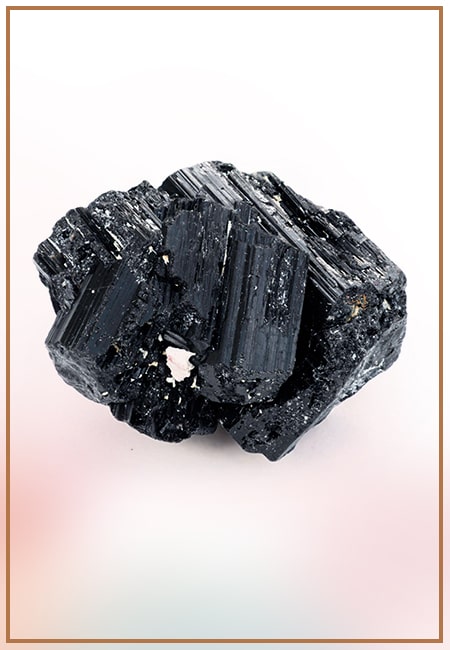
Black Tourmaline: Meaning, Healing Properties, Fascinating Facts, Powerful Attributes, Versatile Uses, and Beyond
September 05, 2023 / BY Team DWS
Black Tourmaline, also known as Schorl, is a highly revered crystal with incredible metaphysical properties. It derives its name from the Dutch word "turamali," meaning "stone with ..
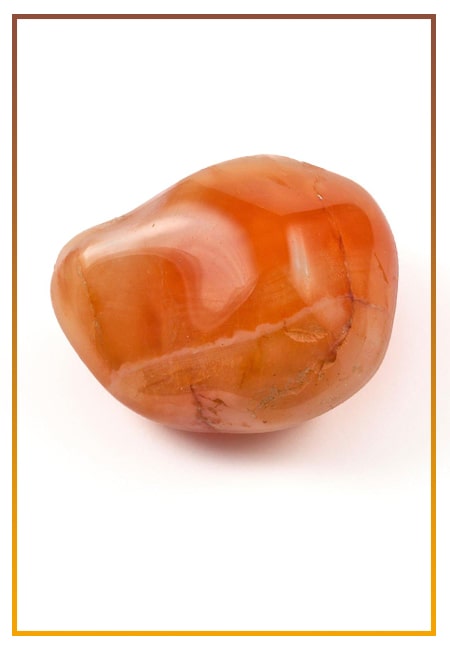
Carnelian Stone: Meaning, Healing Properties, Power, Facts, Color, Uses and More
December 26, 2023 / BY Team DWS
Carnelian is a vibrant and captivating gemstone that holds a plethora of meanings, healing properties, and powers. Its warm and fiery energy makes it a popular choice among crystal ..
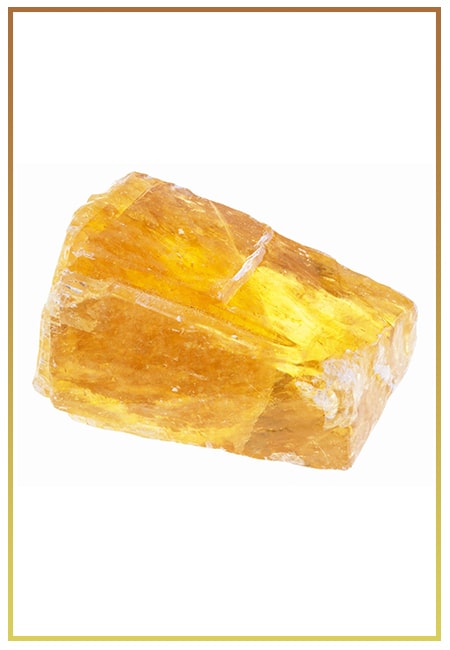
Citrine: Exploring its Meaning, Healing Properties, Fascinating Facts, Powers, Versatile Uses, and Much More
November 18, 2023 / BY Team DWS
Citrine, with its warm golden hues, has captured the attention and imagination of people for centuries. This beautiful gemstone, commonly associated with wealth and prosperity, hol ..

Black Onyx: Unveiling the Meaning, Healing Properties, Fascinating Facts, Powerful Attributes, Versatile Uses, and Beyond
July 25, 2023 / BY Team DWS
Black Onyx, a striking gemstone admired for its deep black hue and elegant appearance, has captivated people for centuries. In this comprehensive guide, we will delve into the mean ..
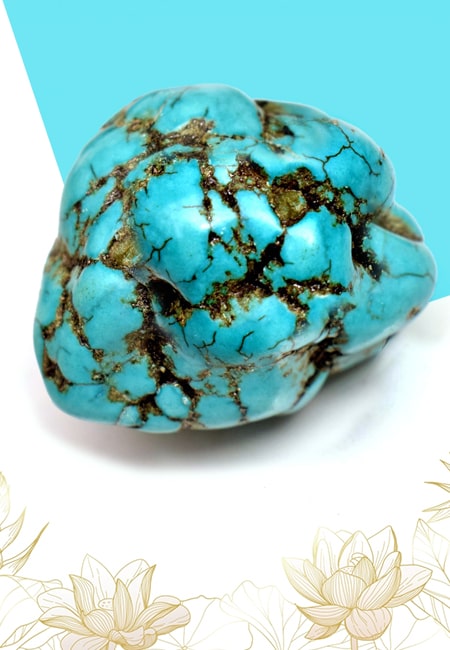
Unveiling the Mysteries of Turquoise Stone: Exploring its Meaning, Healing Properties, Power, Facts, Color, Uses, and More
December 05, 2023 / BY Team DWS
Turquoise, with its captivating blue-green hue, has been adorning jewelry and artifacts for centuries. This striking stone has a rich history, rich symbolism, and a plethora of int ..
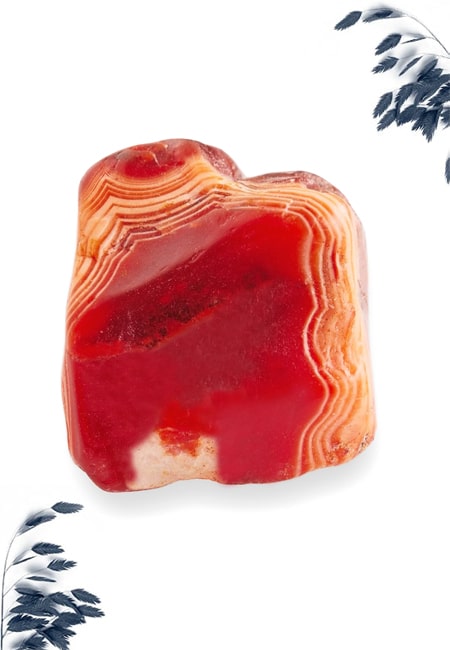
The History Behind The Popularity of Red Agate
December 23, 2022 / BY Team DWS
An Agate is a type of magma rock that takes many years till it is washed out naturally into the water. And that is the reason this stone has elements of water. This beautiful stone ..

Plan a Perfect Valentine's Week with Our Valentine Week List 2025
January 22, 2024 / BY Team DWS
Valentine's Day is undoubtedly the most romantic day of the year, but we believe that one day is just not enough to express your love and make your partner feel special. That's why ..
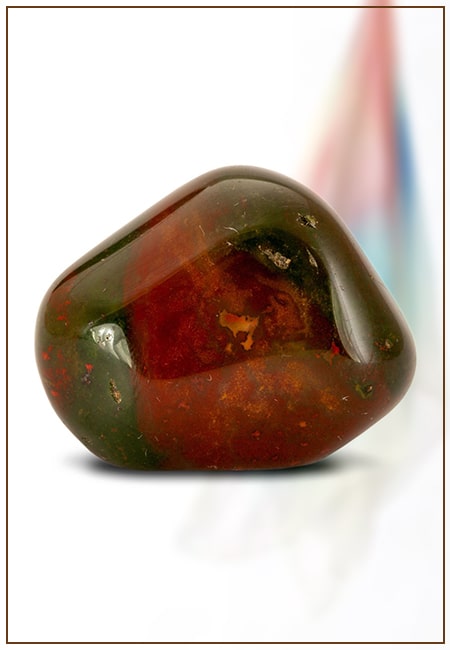
Bloodstone: Unveiling the Meaning, Healing Properties, Facts, Powers, Uses, and More
August 21, 2023 / BY Team DWS
Bloodstone, with its captivating deep green color with specks of red, is a mesmerizing gemstone that has fascinated civilizations for centuries. It possesses unique healing propert ..


